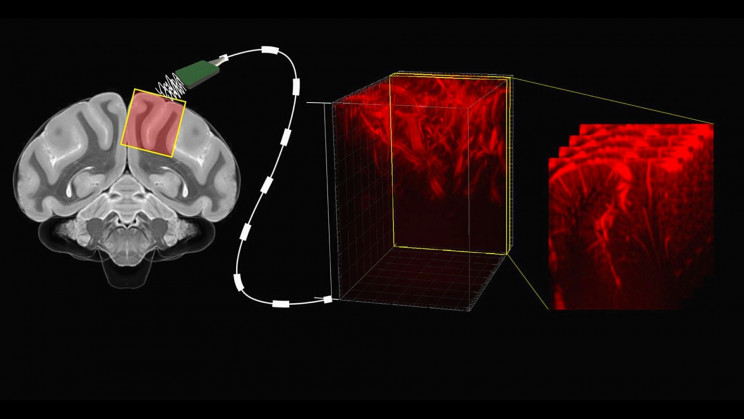Mind reading used to be something out of comics or fiction novels but not anymore. Technology really is wonderful. The possibilities are endless. A new type of brain-to-machine interface or (BMI) is being developed that is as minimally invasive as possible. The system can read out the brain’s intentions using ultrasound technology. It is being tested on non-human primates.
Typical BMIs are devices that read and interpret brain activity and link that up to a computer or a machine. The catch is that these devices require invasive brain surgery which has its own risks, so many patients are not willing to go through with it
This system has been developed by a collaborative team of researchers at Caltech. It can read and interpret brain activity corresponding to the planning of movement. The team’s study was published in the Neuron journal, which is a fitting name if I must say, on Monday, March 22. The Neuroscientists working on BMIs might just rejoice after hearing about this new study.
The system uses functional ultrasound or fUS technology which maps out neural activity from deep within the brain at a resolution of 100 micrometers. Sumner Norman, co-first author of the new study and a postdoctoral in the Anderson lab said that “What’s most exciting is that fUS is a young technique with huge potential—this is just our first step in bringing high performance, less invasive BMI to more people”.
The team realized that ultrasound imaging techniques could help predict movement and behavior. Mikhail Shapiro, who is a professor of chemical engineering and Heritage Medical Research Institute Investigator and also a part of the research team at Caltech said that “This technique produced detailed images of the dynamics of neural signals in our target region that could not be seen with other non-invasive techniques like fMRI”.
This system was tested on primates to see how it reacted to their movements and intentions before they carried out their movements. The system was then trained with a machine learning algorithm, the algorithm was able to predict what next movement the primates would carry out.
A member of the study, Richard Andersen, said that in order for it to work “Only a small, ultrasound-transparent window needs to be implanted in the skull; this surgery is significantly less invasive than that required for implanting electrodes”. Their future plans include human trials, to check if the system works on humans as well.

